All you need to Know About Traditional Traditional Dressess
↓ 17 – Hanbok
Hanbok refers to the entire Korean traditional clothing. It is also known as ‘joseonot.’ It includes everything from blouses to headgear, footwear, accessories for different occasions. Other than a few changes in the material, fabric, and colors, the hanbok’s fundamental design has remained almost the same as they were 16 centuries ago. You should also have a look at these Best Botswana Traditional Outfits For Women.
Women’s hanbok has worldwide recognition for being simple and elegant. The cut and drape of the women’s outfit complement the Korean physique a lot. With the jacket, the upper body looks petite, whereas the skirt around the waist makes Korean women look fuller. This gives women balanced proportions and an attractive look.
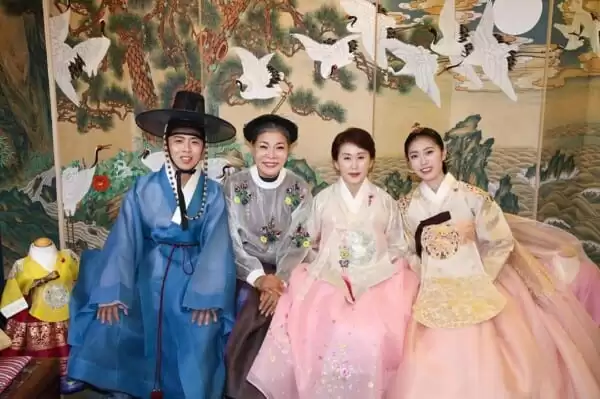
↓ 16 – Dopo
Dopo is a sort of robe worn by Korean scholars during the Goryeo and Joseon period. These scholars are known as Seonbi. Seonbi used dopo as an everyday garment. It was also used by government officers. According to some historians, the robe was influenced by Buddhism. Others associate it with a monk’s robe, called qwontu.
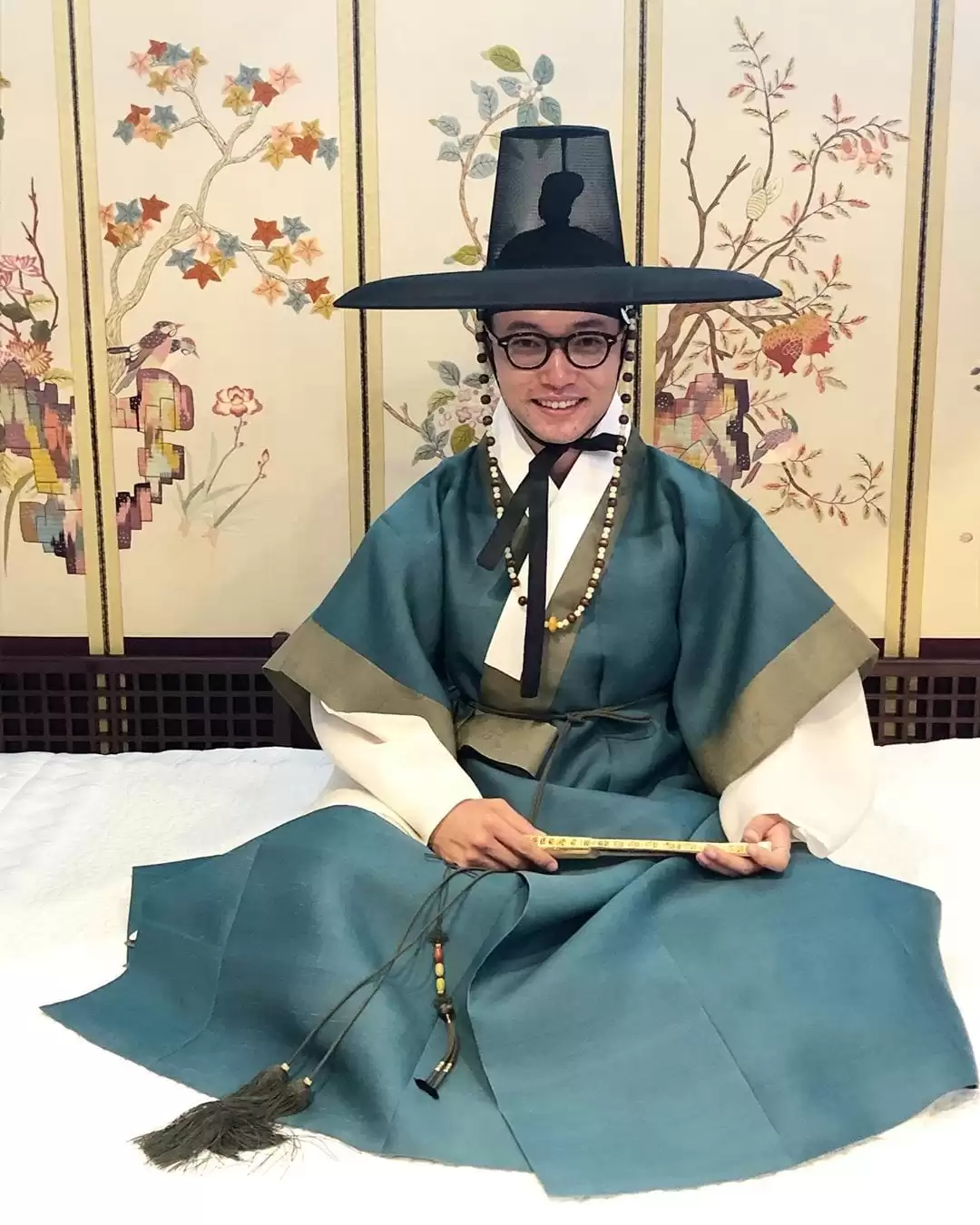
↓ 15 – Baji
A Baji refers to traditional baggy pants, worn by Korean men. It is like loose pants, tied around the waist. A Baji is tied around the waist and is paired with a jeogori. Initially, it was worn by women too but now they have limited it as an undergarment to be worn under chima, which is a flowy skirt.
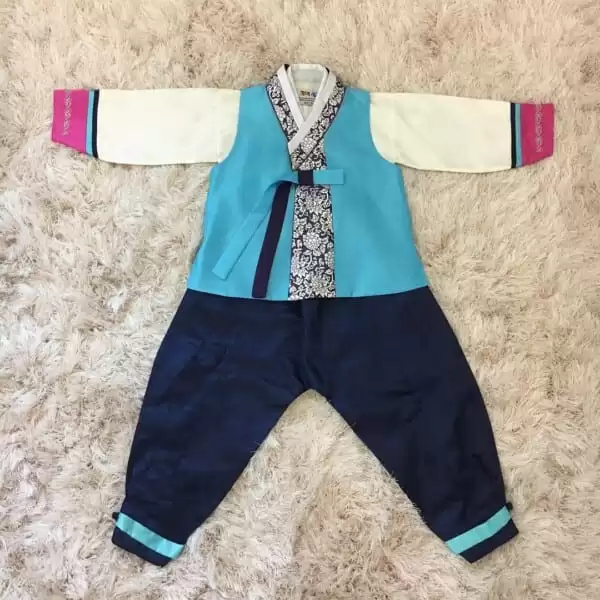
↓ 14 – Chima
Chima is what you commonly know as a skirt. It is a long skirt that goes all the way from your chest to your ankles. The length of the skirt depends on the social status of the wearer. An upper-class woman’s skirt will drop down to the floor. On the other hand, women from the lower class are restricted from wearing a calf-length skirt. The skirt is loose and goes into an A-line. This covers the woman’s shape, keeping the code of modesty. Confucianism’s teachings advise followers to observe modest clothing. Moreover, the loose skirt makes it easier to wear Chima as everyday wear, as the wearer is easy to move around and do normal chores.
Chima is paired with a jeogori, which is a jacket and a staple piece of Korean traditional wear. Chima has a waistband that goes just above the chest of the woman. It allows chima to have more room and a billowy look. Under the skirt, women are required to wear about seven layers of undergarments. The undergarments include pants and underskirts. The purpose of these undergarments is to make the skirt more voluminous. Modern women usually just stick to one layer, though.
There are different types of Chima observed in Korea, such as single-layered, double-layered, and quilted skirts. The back of the Chima differs from area to area as well. Pul chima has a separated back, whereas tong chima has a seamed back.
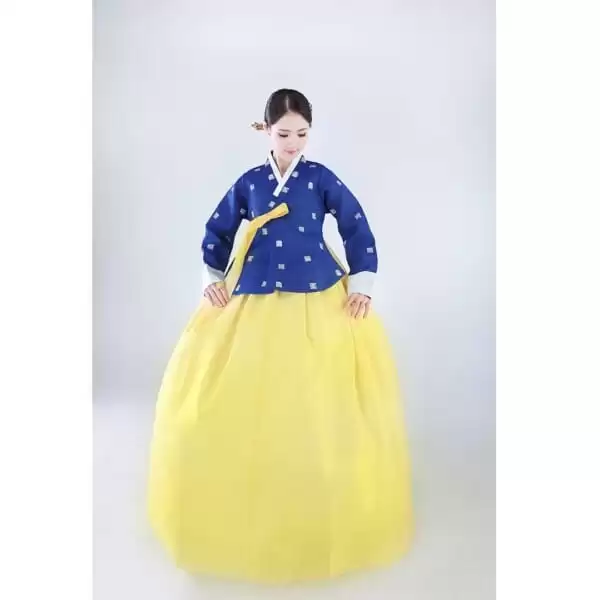
↓ 13 – Dangui
Dangui, also known as dang-jeogori, is a type of upper garment worn by Korean women. It was worn by the queen consort the king’s concubines, and nobility over the short jacket, the jeogori. The most common color is yellowish-green, though other colors are observed as well, for example purple, white, and navy. The danguri worn by women in the court showed their ranks and status. Dangui for royalty had gold leaf patterns that decorated the shoulders, the sleeves, the front, and the back of the garment. The patterns on the garment represent different traits such as happiness, fortunes, and longevity. Ones worn by commoners could not have any style, like the ones worn by the people of the court. Commoners wore danguri on weddings as well, paired with other traditional accessories.
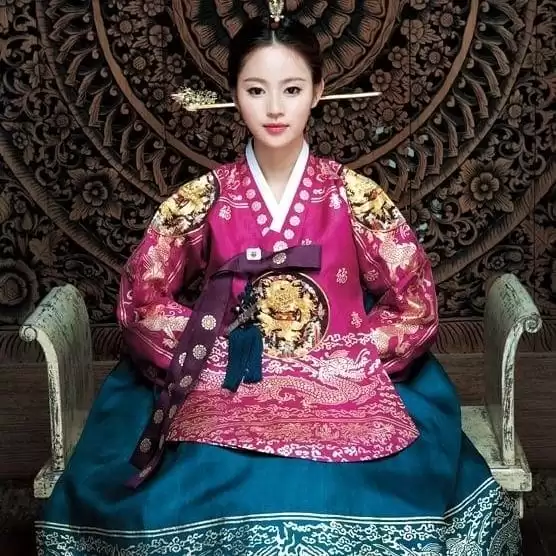
↓ 12 – Garot
Garot originated from Jeju Island, where the local farmers and fishermen wore it as an everyday dress. Jeju locals’ fishing lines were dyed by unripe persimmons because it made them stronger than the undyed ones. This is how they realized that dyeing could make cotton stronger and hence began doing it. Garot, therefore, refers to clothes dues by unripe persimmons.
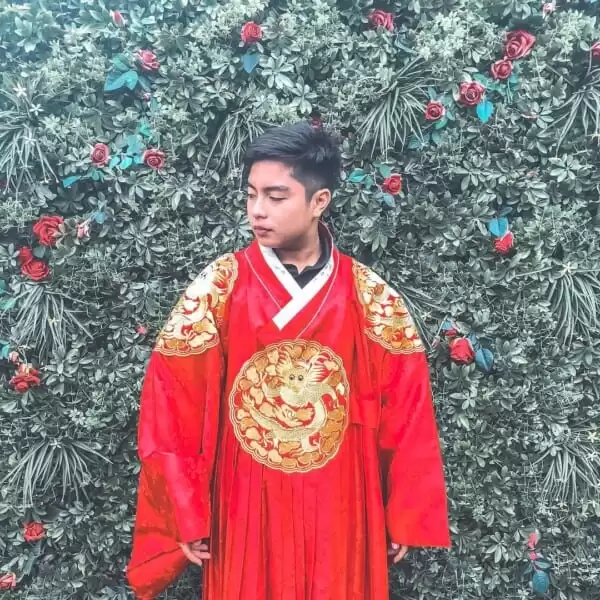
↓ 11 – Gwanbok
Also known as Guanfu, Gwanbok is a term given to all business attire worn by business officials. A rank badge on the attire shows the different ranks of the officers. Gwanbok varies based on the rank and status of the wearer. Not only that, but it is also different for different occasions. The numerous types of gwanbok include: jobok, jebok, sangbok, gongbok, yungbok, and gunbok. To sum it all up in one sentence, gwanbok can be broadly called as a robe with a round collar, worn by Korean offiicals.
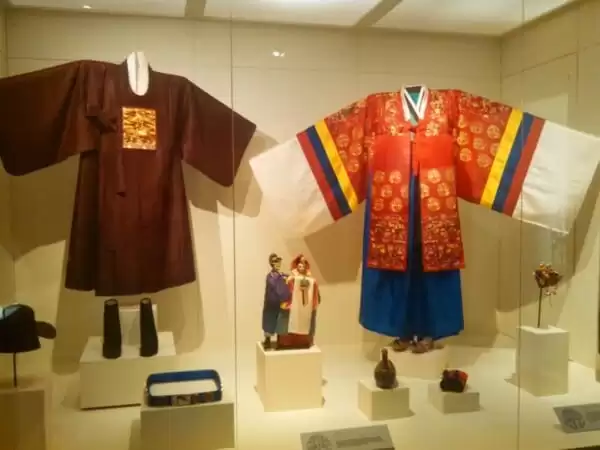
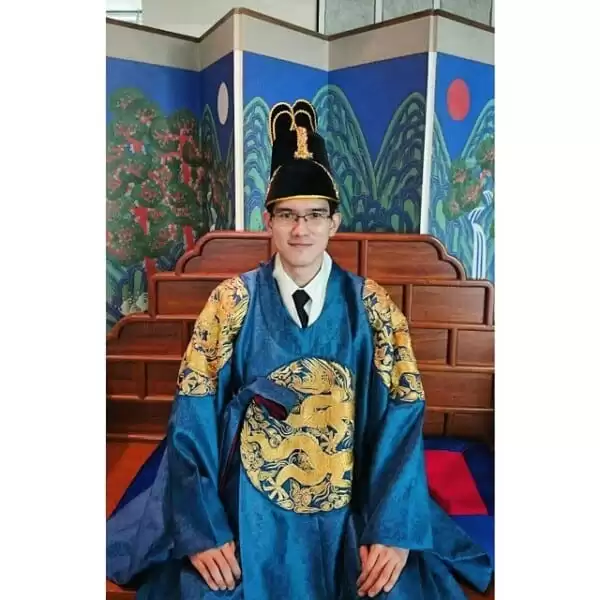
↓ 10 – Hwarot
Hwarot was initially worn only by royal women, but later commoners adopted it for their wedding ceremonies. Today, it is still part of Korean weddings, particularly the p’yebaek phase. The gown is paired with a jokduri or hwagwan, binyeo or daenggi, and yeongigonji, which is the trend of putting red and black makeup spots on the girl’s cheek and brow.
The hwarot refers to a long robe with wide sleeves covering the wearer’s hands. It has detailed embroidery on it, which makes it very fancy. Panels and long side slits are common features of a Hwarot. It looks quite similar to a hanbok, except that a hwarot has straight symmetrical lines. Moreover, it closes in the front instead of the right side like the rest of the hanbok materials. Hwarots are red on the outside and blue on the inside. The particular reason behind that is that the two colors represent the yin and yang relationship between the groom and his bride. The sleeves are wide and long, going all the way from shoulders to the fingers. They also have three silk strips, in colors red, blue, and yellow with a white cuff at the end of the sleeve. The robe is often embellished with motifs believed to bring wealth, good fortune, and fertility to the new couple such as flora and fauna represent the bridal couple.
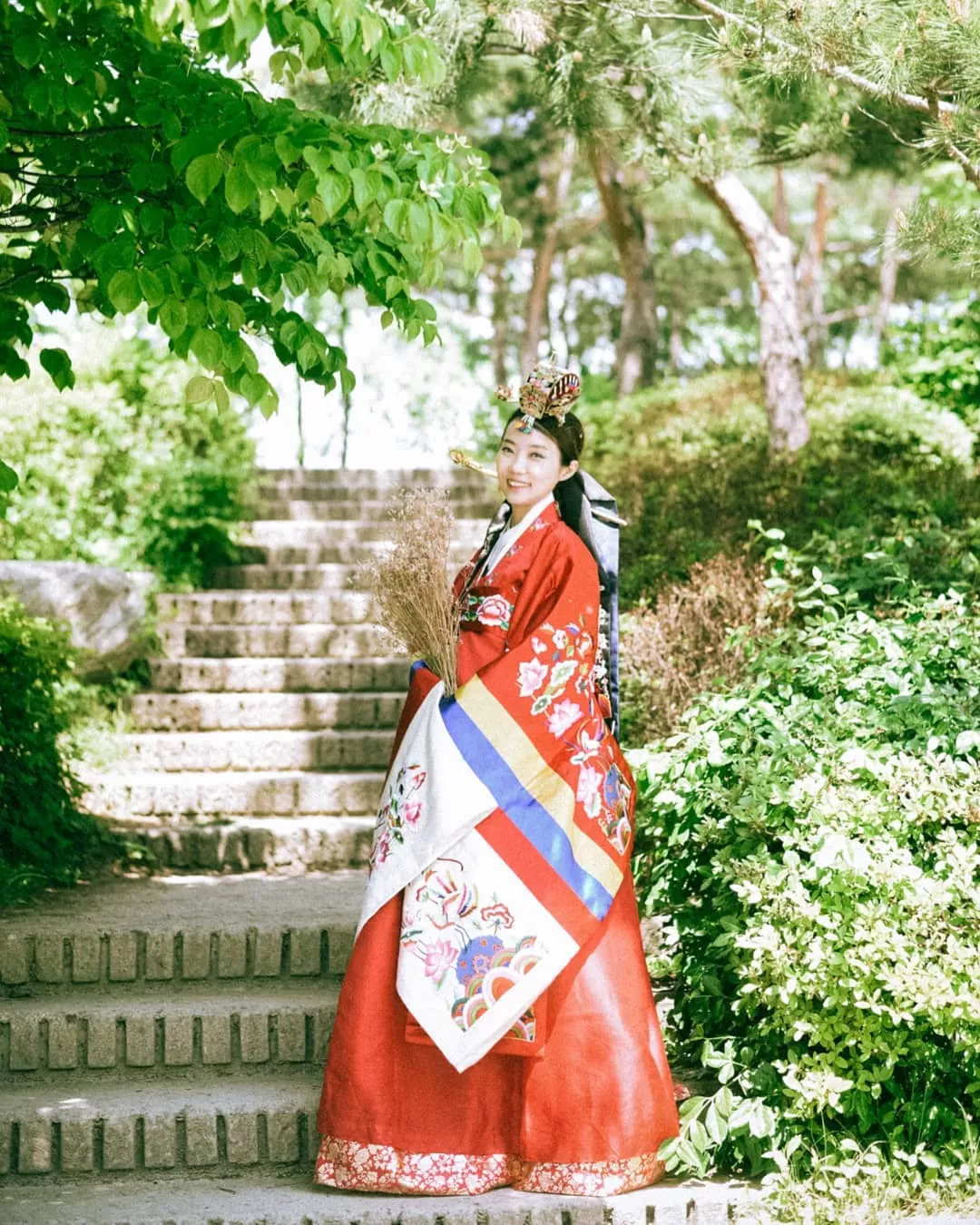
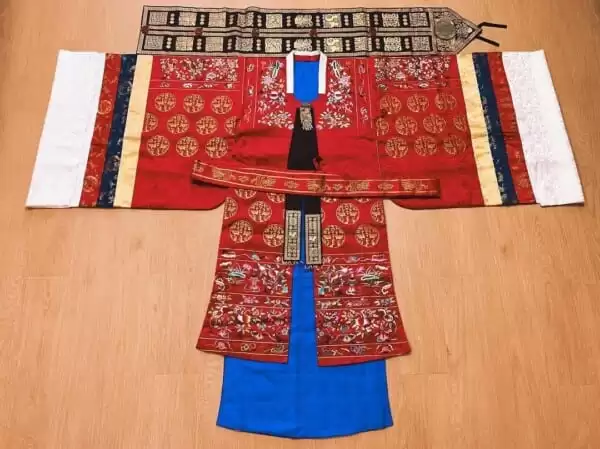
↓ 9 – Jeogori
Jeogori is the most worn traditional clothing, used both by men and women. Though, the style of both genders differs slightly from one another. Men usually pair jeogori with baji pants, whereas women wear it with chima, the long skirt.
Jeogori covers the arms and upper body. Traditionally, it was made of silk, ramie or hemp, but today all sorts of different fabrics, including lace, is used. If you look at the composition of a jeogori, there are many parts to it. Firstly, there is the gil which is the largest part of the jacket. It covers the front and back of the jeogori. The git of the jeogori refers to the part of fabric which trims the collar. It has dongjeong, or a white replaceable white collar placed at its end. The coat strings, which are attached to the chest part of the jacket are called goreum. Women’s Women’s jeogori also have kkeutdong which is a colored at the end of the sleeves.
Jeogori, along with the rest of the Hanbok, is not worn on an everyday basis. Instead, it is left for ceremonies and special events. Women wear pink jeogori on their engagement parties, usually. Indigo colored jeogori is the most common color after women get married.
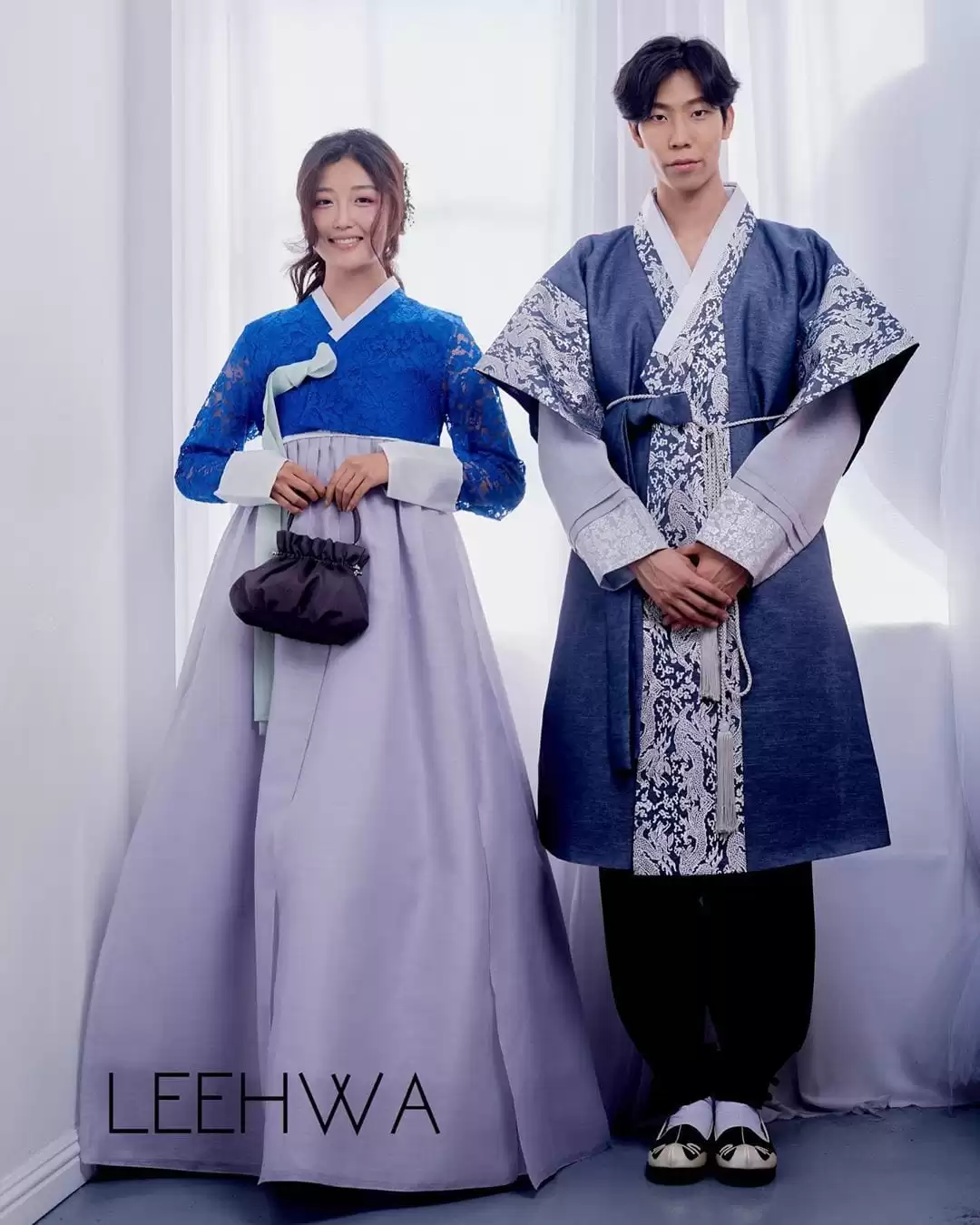
↓ 8 – Jeonbok
In traditional Korean outfits, Jeonbok is worn by military personnel. It is a long vest without overlapped columns like rest of the articles of the hanbok. It is worn over dongdari, which is a single layer overcoat worn by men.
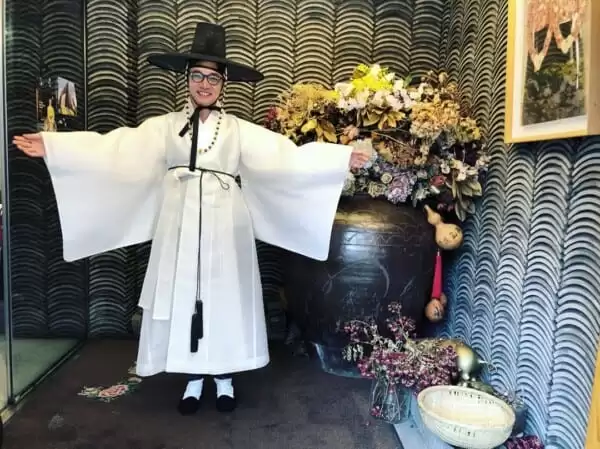
↓ 7 – Kkachi Durumagi
Every Seollal, Lunar New Years Day, cute little Korean children roam around in colorful Kkachi Durumagi. It is most typically worn by little boys over a jokki (vest) and a jeogori (jacket)it can also be topped by a jeonbok (a long vest). Wearing headgear with it is traditional. A boy’s headgear is a peaked cloth hat with a tiger pattern on it, it’s called hogeon. Girls’ headgear is called a quelle and it has cute little motifs on it.
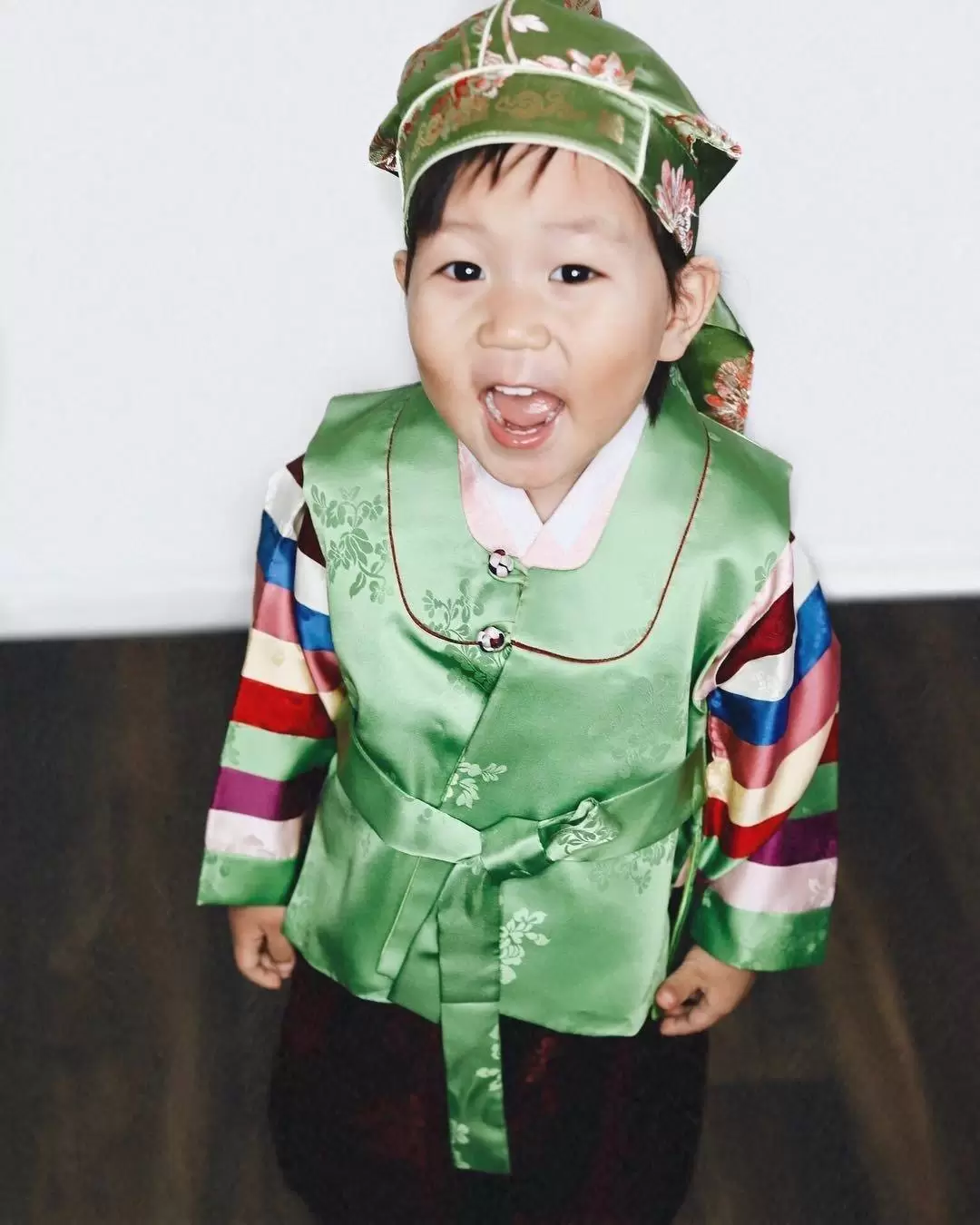
↓ 6 – Wonsam
Wonsam was a topcoat worn by royalty, high-ranking cour ladies, and the queen during the 14th and 20th century AD. It was used dring ceremonies and special occasions. The wearer’s rank was represented by the colors and decorations on the wonsam, particularly on the chest, shoulders, and the back. Queens dressed up in red wonsam, the empresses used yellow as their identification, magenta for concubines and consorts, and green for princesses and bourgeoise ladies. Common people and civilians were only allowed to dress in a wonsam on their wedding, that too only in green. Wonsam was made with silk, called sa in summers which is a loosley women silk. Dan was used in winters. Dan is a glossy and thick silk made with a satin weave.
Wonsam has broad sleeves, unlike the po. It was inspired by Chinese clothing and brought to Korea in 664 AD when King Munmu reformed women clothing. With time, the wonsam has changed and become quite different from its original shape and design. Today, it is made in a very simple manner and is worn in representations of Joseone royal ceremonies and in weddings. Also have a look at these Traditional Thai Clothing.
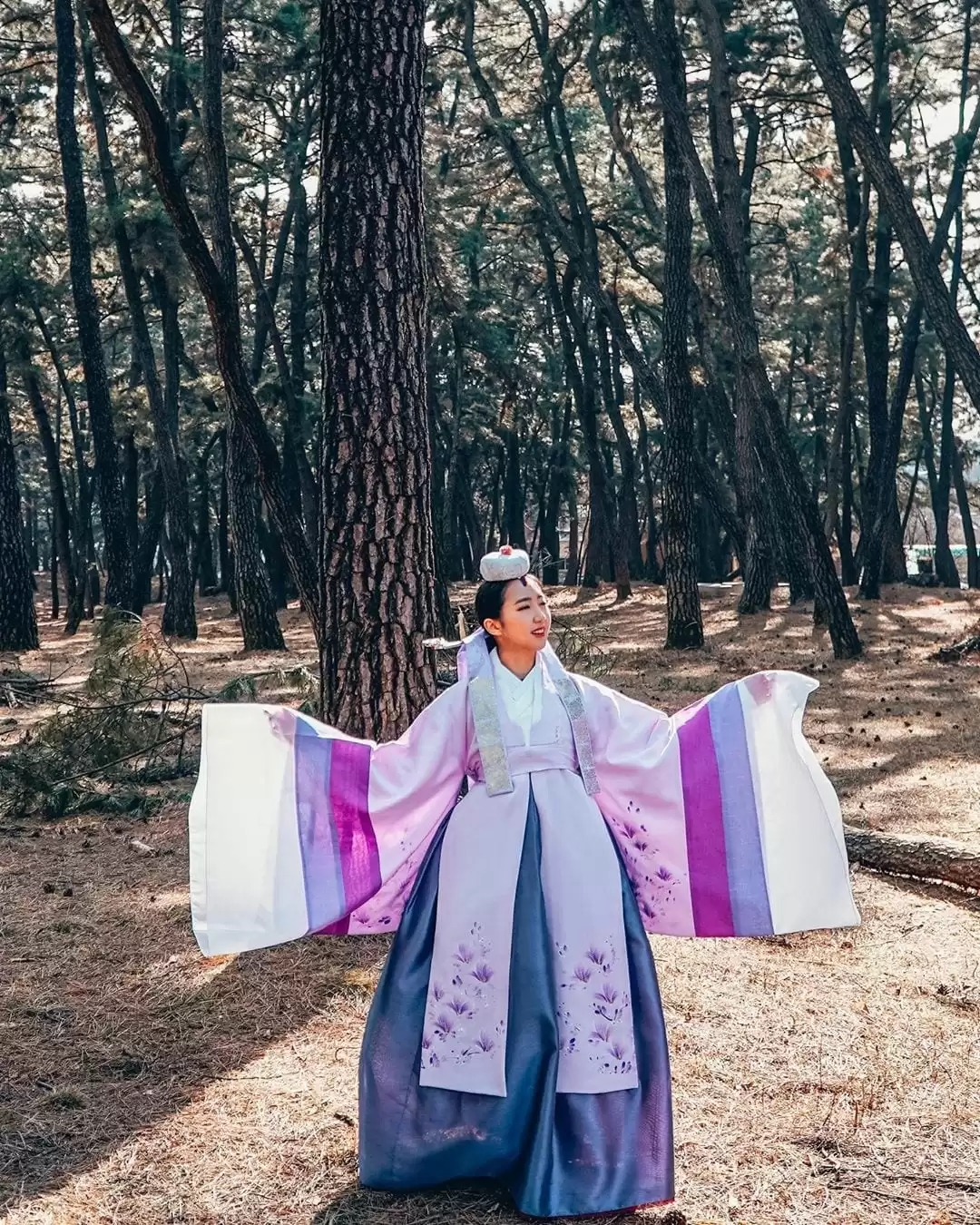
↓ 5 – Saekdongot
The saekdongot is a colorful jacket worn mostly by children, ages 1 to 7. The word saekdongot many-colored clothes and was inspired by rainbows, that evoke a child’s innocent dreams. It can be worn by grown-ups as well.
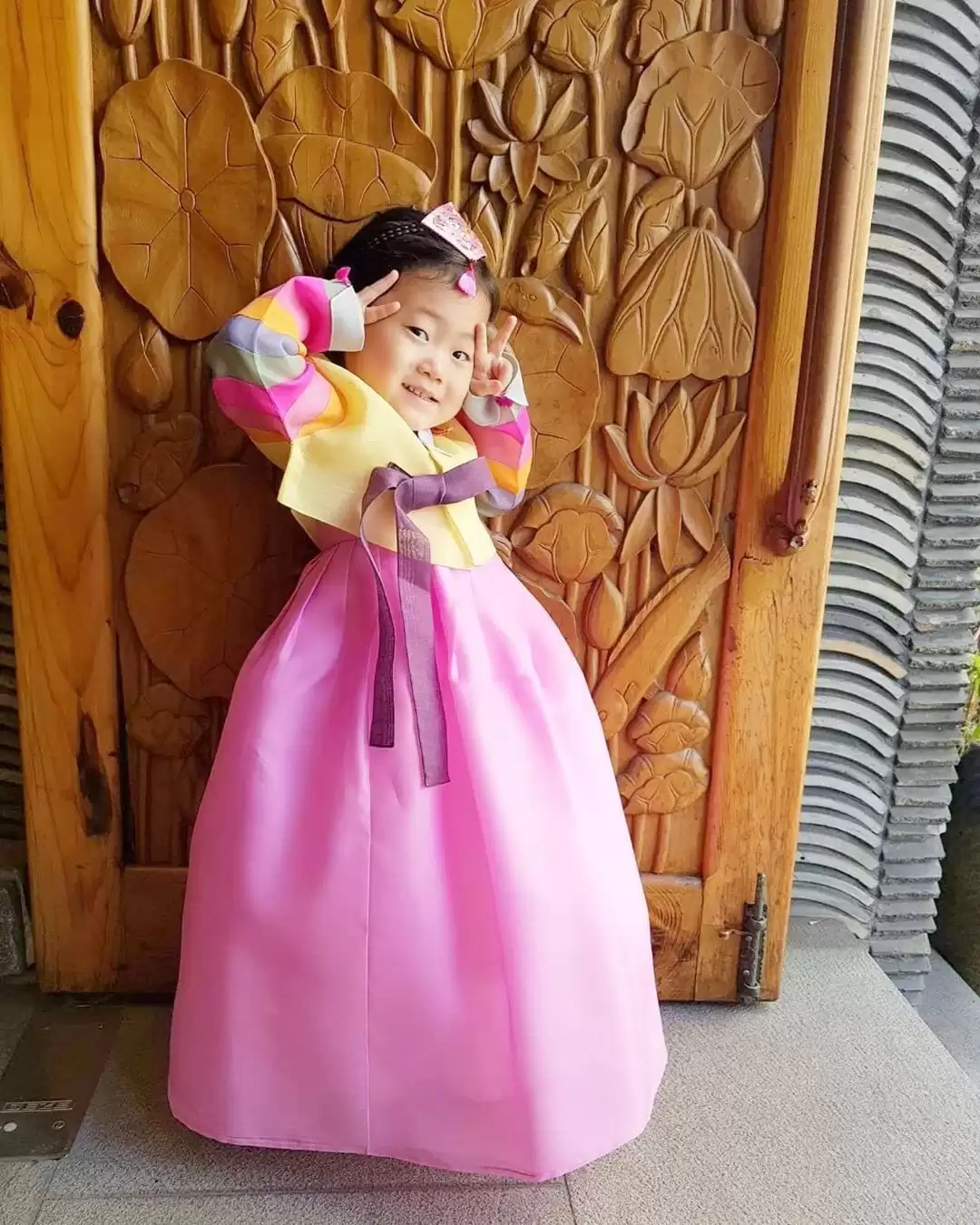
↓ 4 – Ayam
An ayam is a winter cap, that was traditionally worn by women of the Joseon period (1392-1910). It was more common in the western part of Korea, where commoners protected themselves from the cold winter using ayam.
An ayam has two parts, the crown and a big ribbon like decor, called deurim. It also has curvy vertical lines on the front and back, making it easier to fit on the wearer’s head. The upper part of the crown is quilted. The front bottom edge of the ayam is more curved compared to the back part of the bottom edge. The upper quilted part is fabricated with either black or purple silk on the outside whereas the rest of the crown is covered with white, black or dark brown colored fur. The inner part is covered in red cotton flannel. It also has tassels attached to the center on the front as well as the back, These tassels are usually red in color and are connected by flat braids made of cloth. To take it up a notch, some fortunate people would use jewels such as jade or amber on the tassels.
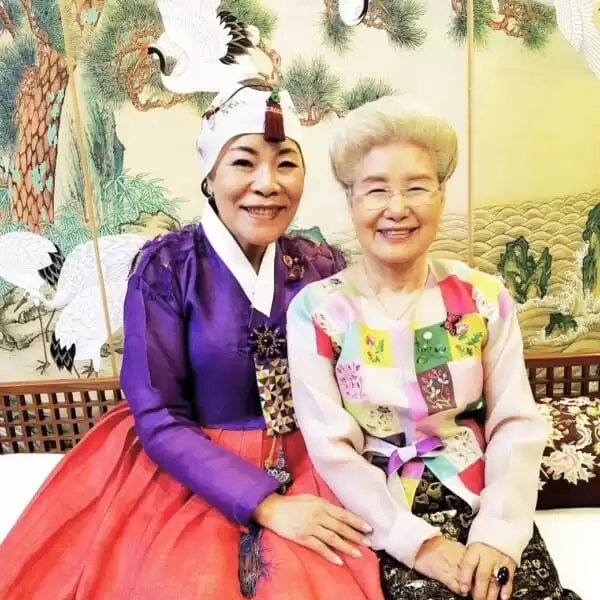
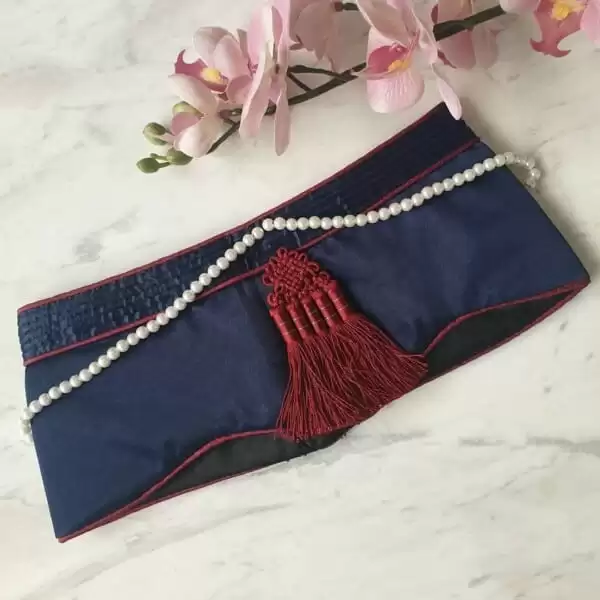
↓ 3 – Hwagwan
Hwagwan is a type of a Korean crown that the Korean women decorated their heads with during wedding ceremonies. It has detailed styling and is embellished with jewels and precious metals Gold, bichui, and pearls are commonly used. Its shape resembles that of a jokduri, but it is far more stylish, and slightly larger.
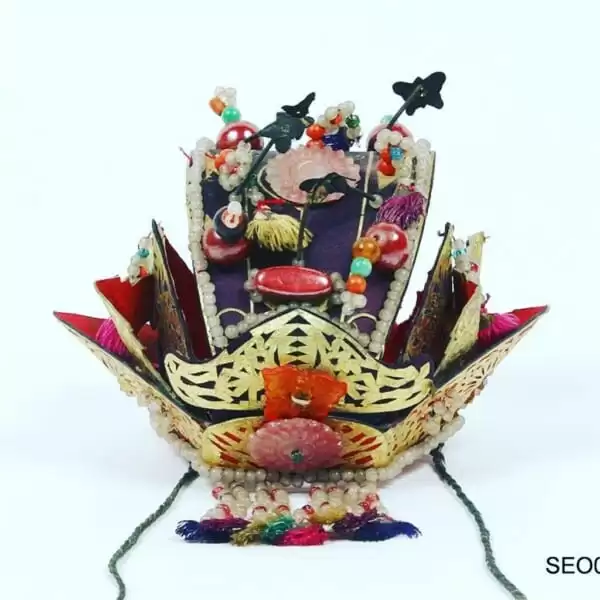
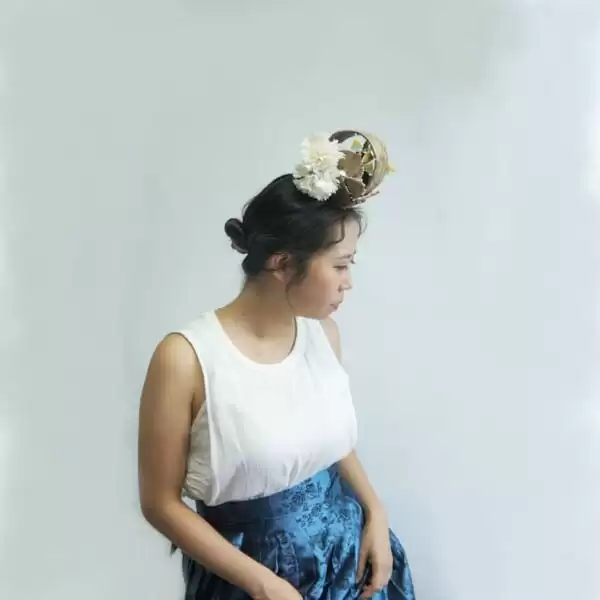
↓ 2 – Gomusin
Gomusins are rubber shoes in the hanbok. These look like modern-day pump shows with low heels. These are worn by both Korean men and women. They were introduced and became popular in the 20th century. Before that straw shoes were used which required high maintenance, plus were not functional when it began to pour.
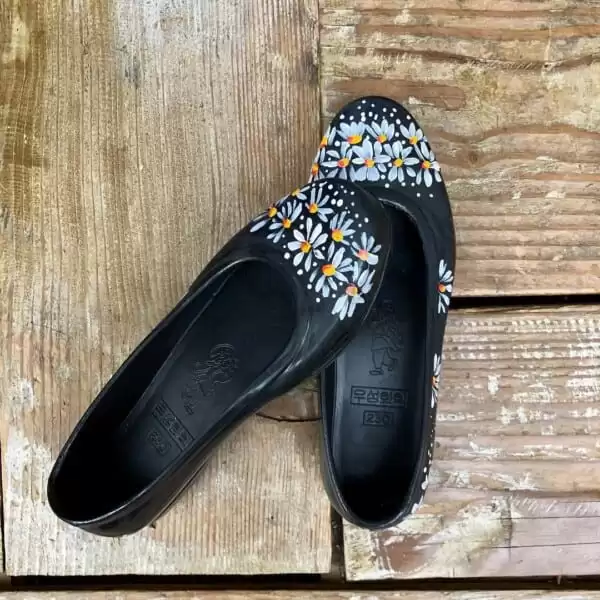
↓ 1 – Binyeo
The Korean traditional outfits portfolio even has its own hairpins. It is used for fixing ladies’ hair when they tie it up in an elegant chignon, which is a kind of a hair bun. It does the job effectively as well as aesthetically. There was a special ceremony carried out on the day a girl became an adult by placing binyeo on their heads. This ceremony was most popular druring the Joseon times.
There are different types of binyeo. Two major kinds are a jam and a che. A jam has an inverted U shape and a long body. Binyeos are not only used by women but also by Korean men to fix their topknots, called sangtus in place
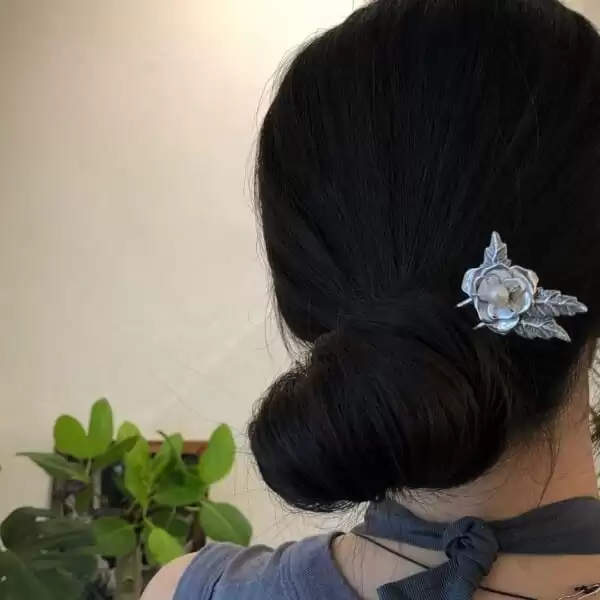
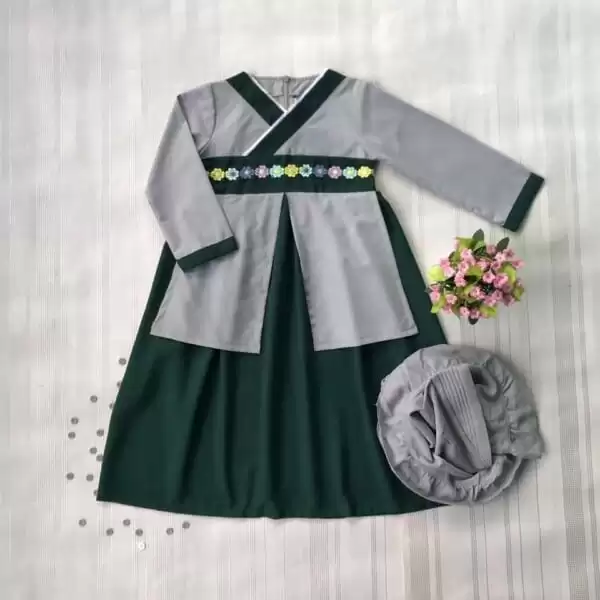
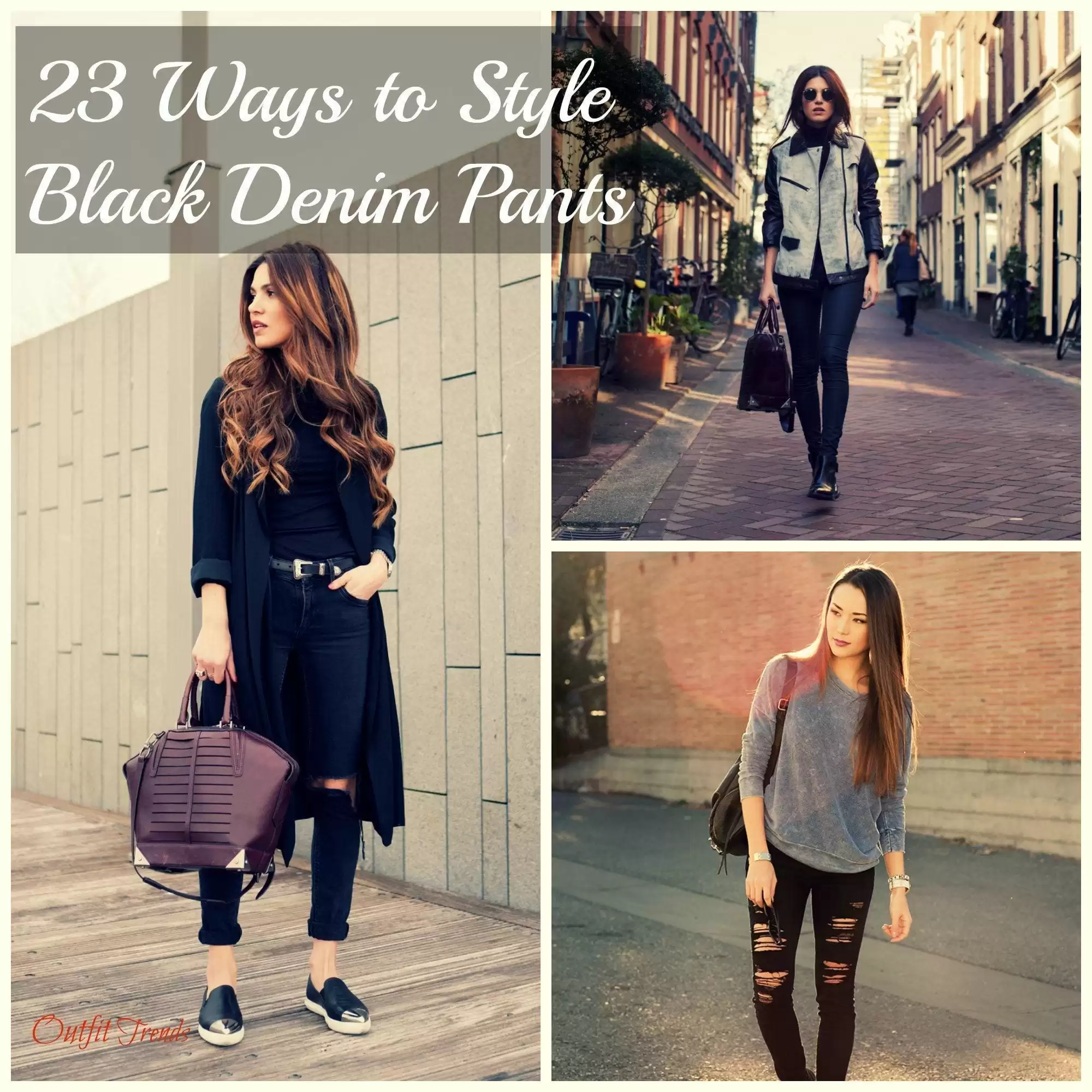
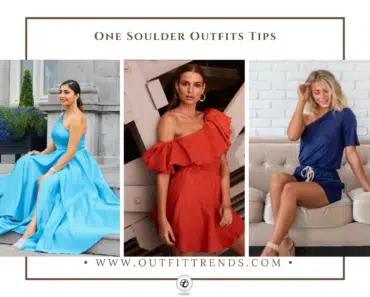
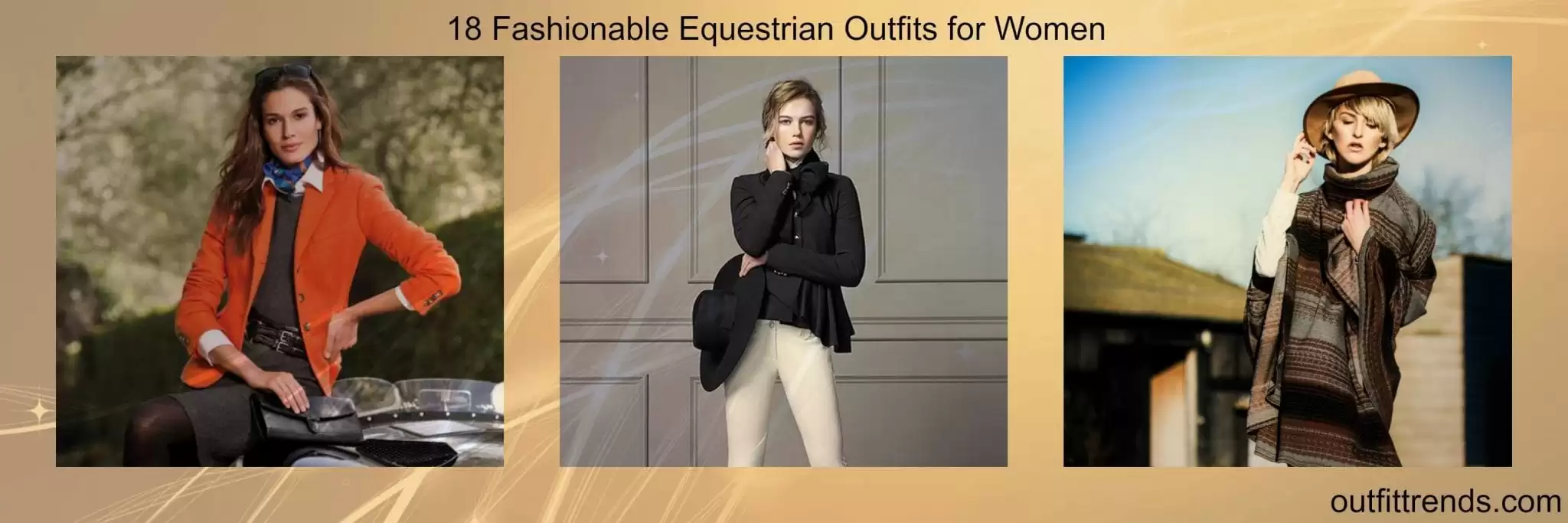

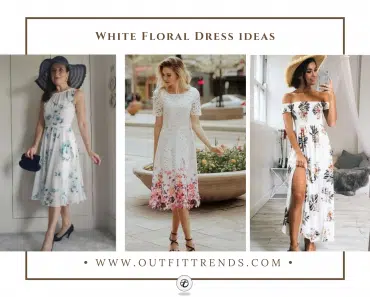
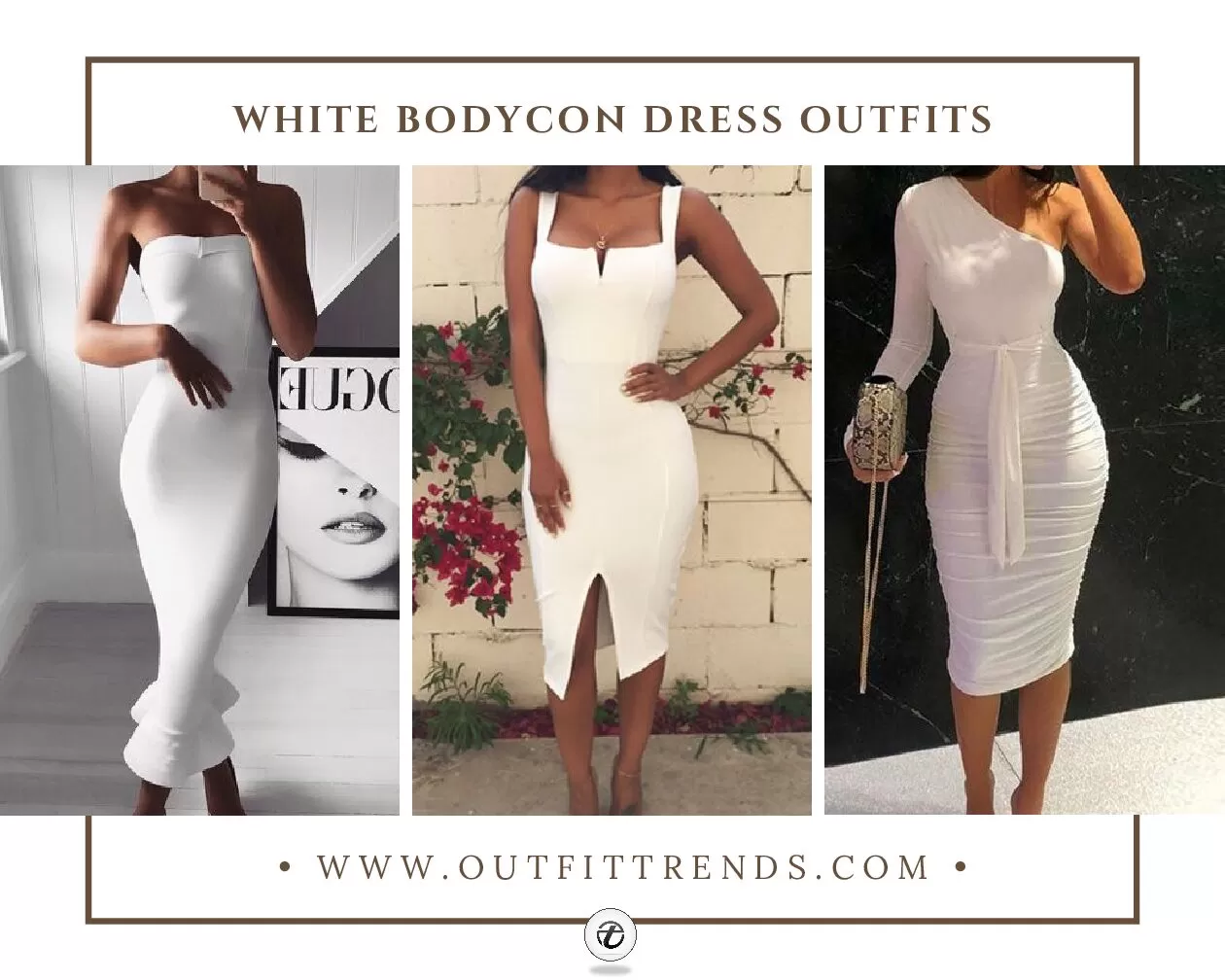
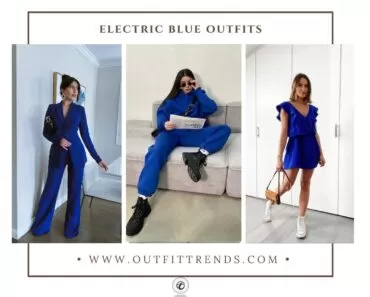
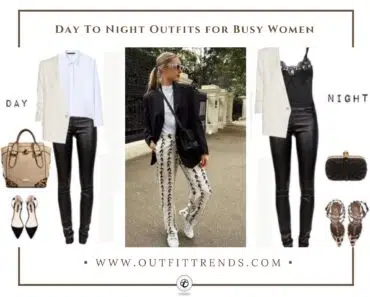

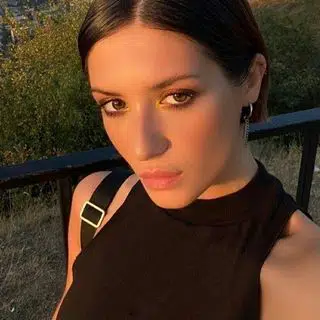
This was an amazing description.. I want to try the Korean Jeogori. It is so cute…. Thank you Zuha for this fantastic blog.
Korean Jeogori is one of our favorites too! Do give it a try and let us know about your experience.
Kind Regards,
Team Outfit Trends.
Thank you for your feedback, keep visiting.
Best regards,
Team Outfit Trends.
I LOVE THISSSSSSS IS SO GOOD GIVE ME ITTTTTTTT PLSSSS GIVE ME SOME OUTFITSSSSS PLSSSSSSSSSSS
Thank you 🙂
Please follow us on Instagram too 🙂
Best Regards,
Olivia,
Content Manager at Outfit Trends.